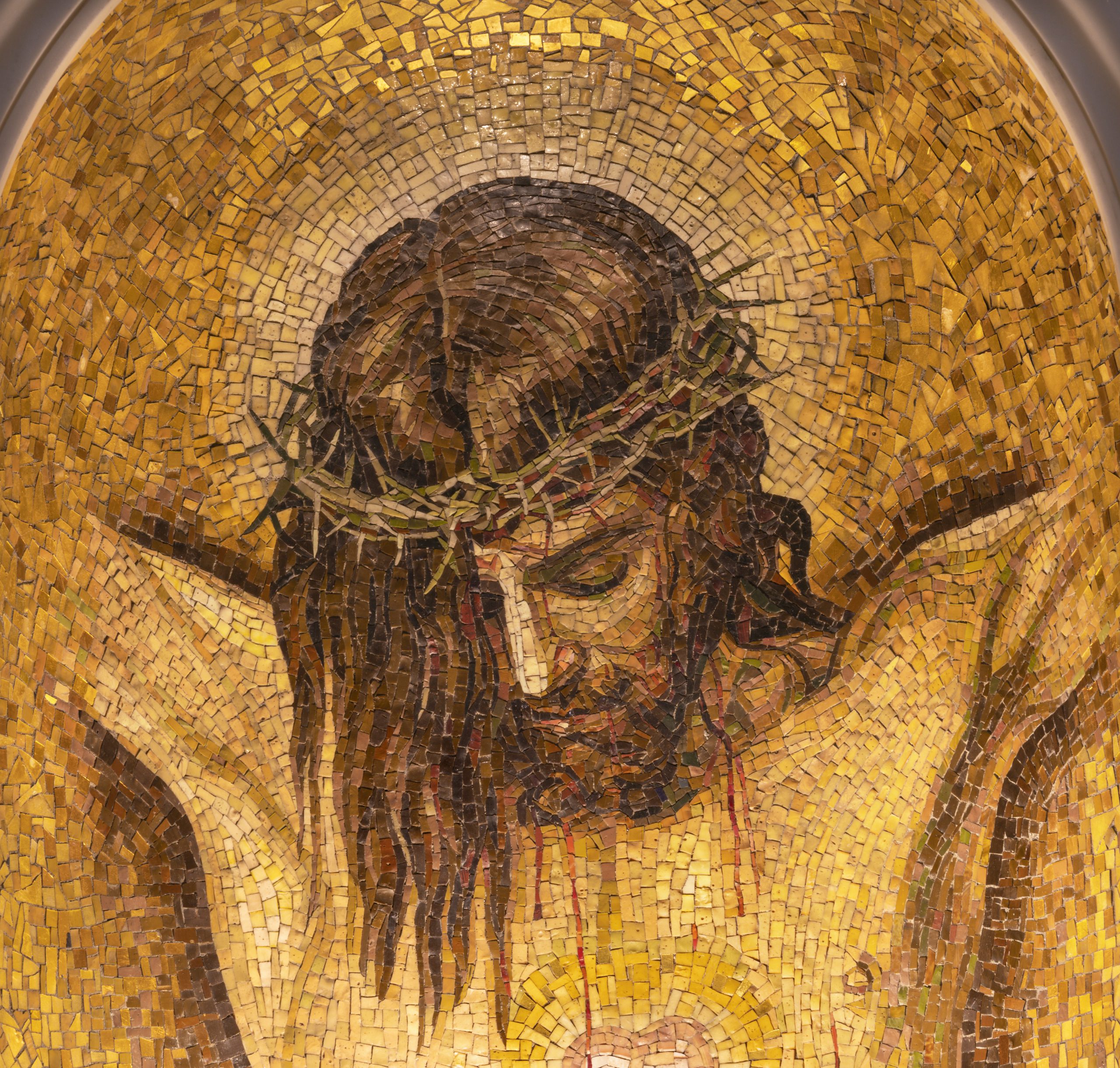
Question:
How can I explain the real presence of Jesus in the Eucharist when people ask about it?
Answer:
We’ve been addressing this question as a series in this column, beginning with the May 2022 issue. The kickoff in June of the National Eucharistic Revival makes this a perfect time to really hone in on how to explain the real presence of Jesus in the Eucharist.
We’ve been focusing so far on the deep biblical roots of the Mass in the Old Testament in order to see how the Mass did not appear out of thin air, but in fact has ancient origins in the word of God. This month, we’re going to turn to the New Testament, to see how Jesus built on the foundations that had been laid in the Old Testament to offer us the great gift of the Mass and the Eucharist.
We’ll begin by looking at one of the most well-known passages in this regard: chapter six of John’s Gospel, in which Jesus builds especially on the Old Testament root of the manna in the desert. I’d encourage you to pull out a Bible or pull up John 6 on the internet (just do a search for Bible John 6) and follow along.
In John 6:1-15, John begins this chapter by telling us about the miracle of the multiplication of the loaves. Note when it occurs: at the time of the Passover. What happens in this miracle? Jesus took the bread, gave thanks and distributed it. So we see that bread is multiplied to feed a crowd of those who are following Jesus, and it is multiplied to superabundance—there is more than enough to feed all of the people following Jesus.
That night, we have the next event of the chapter, as told in verses 16-21: the miracle of the walking on the sea and Jesus’ words to the disciples, which seem to be at least a hint at his divinity. He walks on the water, and he says to the disciples, “It is I” (I AM.) And his words “do not be afraid” are words often spoken by God when he reveals himself.
The next day, Jesus gives a teaching in the synagogue in Capernaum that scholars call the Bread of Life discourse. It begins with an introductory dialogue in verses 22-29. Then we come to a discussion of the manna in the desert in verses 30-34. As we will see, the people in that time expected the Messiah to repeat the Exodus miracles, so when they refer to the manna in the desert, they are not-so-subtly trying to get Jesus to reveal whether or not he is the awaited Messiah. But his response is that the manna was a foreshadowing of the food he would give, and with that, he reveals that he is the bread of life in verses 35-47.
In this passage, Jesus teaches that he is the bread of life, and that anyone who has faith, anyone who believes in him, will have eternal life. Here, his identity as the bread of life can be understood broadly as referring to himself, his gifts, his teaching, his grace and so on. But he begins to get more specific in verses 48-51, which are worth quoting directly:
“I am the bread of life. Your ancestors ate the manna in the desert, but they died; this is the bread that comes down from heaven so that one may eat it and not die. I am the living bread that came down from heaven; whoever eats this bread will live forever; and the bread that I will give is my flesh for the life of the world.”
Here, Jesus says explicitly that he is the bread of life, which must be literally eaten; the Greek word that is translated here as “eat” has a very visceral connotation … it might be better translated “to gnaw.” Understandably, the people are confused and troubled by this heightened language, as we see in verses 52-69. And yet, as we see in verses 53-54, Jesus ups the ante: “Jesus said to them, ‘Amen, amen, I say to you, unless you eat the flesh of the Son of Man and drink his blood, you do not have life within you. Whoever eats my flesh and drinks my blood has eternal life, and I will raise him on the last day.’”
Not only was the idea of eating someone’s flesh and drinking their blood obviously repellent, but it clearly violated the Mosaic law: the law forbade the drinking of blood. These followers of Jesus (John calls them disciples) thus could not accept this teaching and instead left. And note: Jesus does not correct them. There are other instances in the Gospels where the people—even the apostles—misunderstood him, and he corrects their misunderstanding. For instance, in Matthew 16, Jesus warns the disciples about the leaven of the Pharisees and Sadducees, and they start talking about whether or not they have any bread; in response, Jesus rather exasperatedly explains that he’s not talking literally about bread. They misunderstood, and he corrected them. But in John 6, he does not, because they have understood him properly. They just cannot accept what he is saying.
What distinguishes Peter and the others? They do not seem to understand Jesus’ words anymore than anyone else, but they remain with him. Why? Because they knew who he was, at least in part, and they trusted him. Even though they may have been unable to understand his words, they believed in him and they trusted him, and thus they remained with him despite their lack of understanding.
May we follow the example of Peter and, even if we do not understand, trust Jesus and embrace the great gift of the Eucharist he offers us.

Be sure to check out the additional resources at sfcatholic.org/answer. If you have a question you need an answer to, email cbassett@sfcatholic.org.
Chris Burgwald holds a doctorate in theology and is the director of discipleship formation for the Diocese of Sioux Falls.


